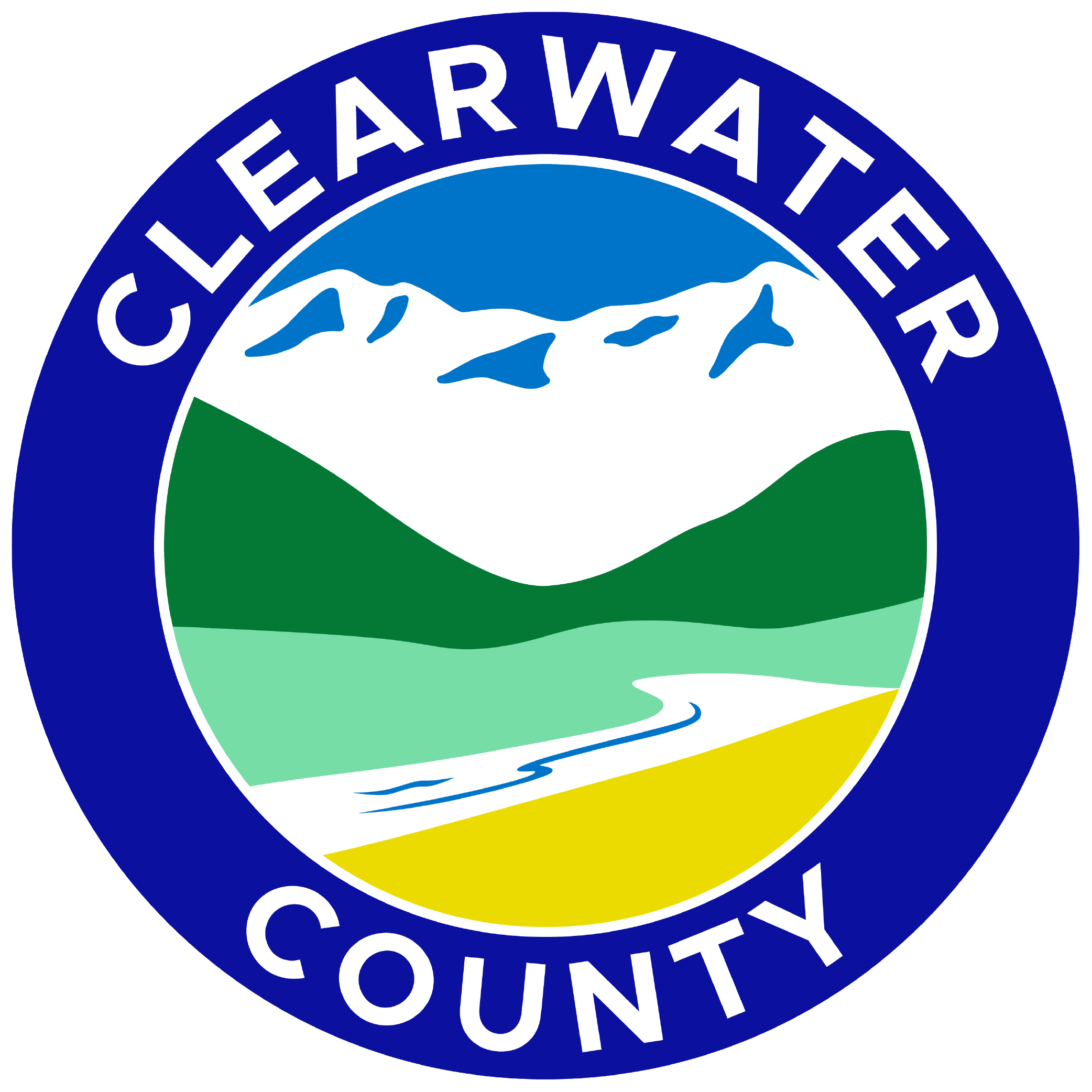What is the Wildland Urban Interface (WUI)?
The wildland urban interface is typically described as the area where human development meets or intermingles with the natural environment. Over time, our communities and lifestyles increasingly extend further into forested areas and as such, we find interface communities all over Canada, in both remote rural locations and in urban centers. When we live, work and play in WUI zones, we become more exposed to the danger of wildfire, but it is possible to live safely with this natural event.
What types of wildland/structure environments are there?

Intermix
Intermix WUI are areas where housing and vegetation intermingle.

Occluded
Occluded WUI is an environment where structures abut an island of wildland fuels, such as a community park, open space, greenbelt or other natural area.
 Interface
Interface
Interface WUI is an area where housing is near a large area of dense wildland vegetation.
Things to consider living in the WUI
Wildland fires are a natural part of our ecosystems. Without them, the landscape loses its diversity. Wildland fires recycle nutrients, help plants reproduce, and create a mosaic of vegetation that provide habitats for a variety of wildlife.
The recommendations in this FireSmart Guide will help you reduce the risk of wildland fire to your home and neighbourhood.
Request a FireSmart Assessment
If you would like to request a FireSmart Assessment to be preformed by a member of the WUI Team please take the HOME IGNITION ZONE SELF-ASSESSMENT that can be found by visiting, FireSmart Canada. Once you have completed the self-assessment fill out the FireSmart Home Owner Assessment Request form below.
 Click here to take the Home Ignition Zone Self-Assessment
Click here to take the Home Ignition Zone Self-Assessment


